VERSE AND VIRTUOSITY:
THE ADAPTATION OF LATIN RHETORIC
IN OLD ENGLISH POETRY
Verse and Virtuosity
The Adaptation of Latin Rhetoric in Old English Poetry
JANIE STEEN

University of Toronto Press Incorporated 2008
Toronto Buffalo London
www.utppublishing.com
Printed in Canada
ISBN 978-0-8020-9157-4

Printed on acid-free paper
Library and Archives Canada Cataloguing in Publication
Steen, Janie
Verse and virtuosity : the adaptation of Latin rhetoric in Old English poetry / Janie Steen.
(Toronto Old English series)
Includes bibliographical references and index.
ISBN 978-0-8020-9157-4
1. English poetry Old English, ca. 4501100 Roman influences.
2. English poetry Old English, ca. 4501100 History and criticism.
I. Title. II. Series.
PR201.S84 2008 821.109142 C2007-906959-2
University of Toronto Press gratefully acknowledges the financial assistance of the Centre for Medieval Studies, University of Toronto, in the publication of this book.
University of Toronto Press acknowledges the financial assistance to its publishing program of the Canada Council for the Arts and the Ontario Arts Council.
University of Toronto Press acknowledges the financial support for its publishing activities of the Government of Canada through the Book Publishing Industry Development Program (BPIDP).
For Guy
Contents
Acknowledgments
This book has been a long time in the making, and it is my pleasure to thank those who have helped it along the way. I am deeply indebted to my teachers, to Michael Lapidge, for getting me started, and to Andy Orchard, for guiding me with inspiration, patience, and generosity.
I am grateful to Rolf Bremmer, Richard Dance, Patrizia Lendinara, and Caitrona Dochartaigh, for their advice and suggestions. Other people have helped me in various ways: Jolanda Dubbeldam, Robert Meekings, Ferdinand von Mengden, Michael Steen, Rosemary Steen, Balzs Szendr i, and Kriszta Szendr
i, and Kriszta Szendr i. Particular thanks are due to Claudia Di Sciacca, for her help and constant encouragement.
i. Particular thanks are due to Claudia Di Sciacca, for her help and constant encouragement.
My chief thanks, however, go to Guy Deutscher, wine leofesta, without whom this book would never have happened.
Abbreviations
ASPR | The Anglo-Saxon Poetic Records, ed. G.P. Krapp and E.V.K. Dobbie, 193153 |
A SS | Acta Sanctorum supplementum, ed. Johannes Bollandus and successors, 1643 sequentia |
BEASE | The Blackwell Encyclopaedia of Anglo-Saxon England, ed. Michael Lapidge, John Blair, Simon Keynes, and Donald Scragg |
EETS
o.s.
s.s. | Early English Text Society
original series
supplementary series |
Gneuss | Handlist of Anglo-Saxon Manuscripts: A List of Manuscripts and Manuscript Fragments Written or Owned in England up to 1100 |
HE | Bedes Ecclesiastical History of the English People, ed. Bertram Colgrave and R.A.B. Mynors |
Lapidge, ASL | The Anglo-Saxon Library |
Lapidge, Biblical Commentaries | Biblical Commentaries from the Canterbury School of Theodore and Hadrian, ed. Michael Lapidge and Bernhard Bischoff |
PL | Patrologiae Cursus Completus: Series Latina, ed. J.P. Migne, 184464 |
Rolls Series | Rerum Britannicarum medii aevi scriptores |
VERSE AND VIRTUOSITY
Introduction
The inventiveness of much Old English verse derives from the blend of the native poetic tradition, rooted in an oral Germanic past, with a new Latin culture that is mostly Christian and bookish. Vernacular verse thrives on the tension between this highly literary Latin learning and an inherited poetic style that appeals to the auditory imagination. But while it is generally accepted that Latin models have shaped the subject-matter of many Old English poems, the question of stylistic influence remains controversial. Exactly which figures in vernacular verse are inherited, and which are borrowed from Latin rhetoric? Even more elusive is the nature of the alleged influence: through what channels did Latin rhetorical devices reach Old English poetry, and how did they bend to the particular tune of the native idiom? Were they employed consciously, and what was their intended role?
This book attempts to shed light on these questions by examining the conversion of Latin texts into Old English verse. For an aspiring vernacular poet, the gulf between Latin rhetoric and the vernacular tradition would have made the task of translation a daunting challenge, one that required not only faithfulness to the Latin authority, but also flexibility in adapting its style and substance to a very different idiom, with its agene wisan, own way. By measuring poets response to this challenge, we can outline the contours of Old English poetic style. Techniques of translation, or better, adaptation, can be illuminated through the complex interaction between traditional patterns and Latinate borrowings. We shall see, for example, how Old English poets harness the allusive power of vernacular patterns to assimilate foreign devices, by creating echoes within the poems structure, and within the wider vernacular tradition. We shall also be able to discern moments of individual creativity, when the demands of adapting Latin figures inspire poets to flaunt their own art and virtuosity.
Rhetoric is a widely used word that covers widely different meanings. The distinction between Latin rhetoric and native tradition that is implied here thus deserves some qualification at the outset. In a more specific sense, adopted in this book, Latin rhetoric comprises the various catalogued schemes and tropes that grace speech with uis and gratia (force and charm), Old English Christian verse, in particular, is inherently rhetorical, for it aims to instruct as well as delight, and instruction is wrought by persuasion. So by setting up an opposition between the vernacular tradition and Latin rhetoric, I do not wish to imply that Old English poetry is any less rhetorical in the broad sense than Latin verse. In this book, I use rhetoric mostly in the stricter sense of the Latin discipline and its inventories of rhetorical figures.
The native tradition the characteristics of vernacular poetic style should also be outlined in broad brush strokes. It has been customary to say that instead of implying an author, Old English verse implies tradition, and to assume that echoes between poems are the traces of a shared oral inheritance.
But even if vernacular poetry was not improvised by illiterate bards, traditional aural features are part and parcel of Old English literary style. Repetitions, in particular, appear at every level, from alliteration and metre to the larger shaping echoes, from ornamental patterns to
Of course, the opposition between native tradition and Latin rhetoric is not meant to imply that aural figures never appear in Latin verse. But the two traditions differ in the extent to which they rely on repetition (in both structure and ornamentation), and in the particular types of repetition they employ.
Next page

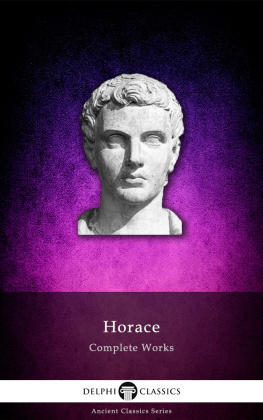
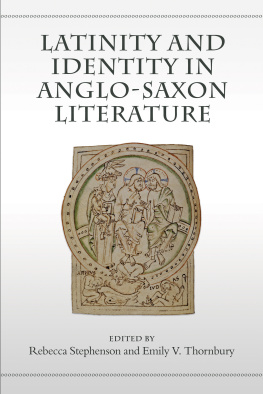
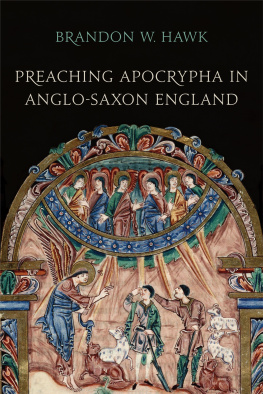
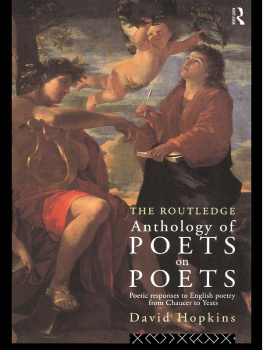
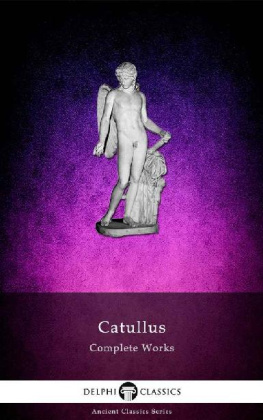
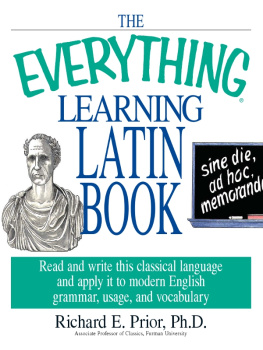


 i, and Kriszta Szendr
i, and Kriszta Szendr